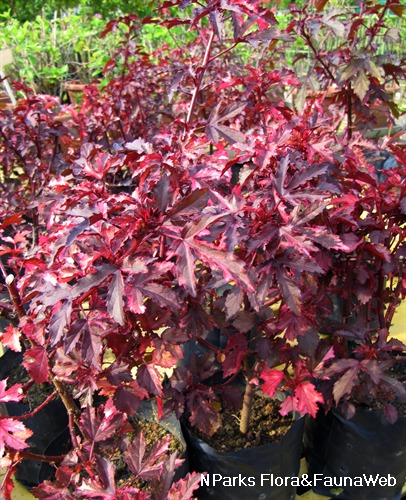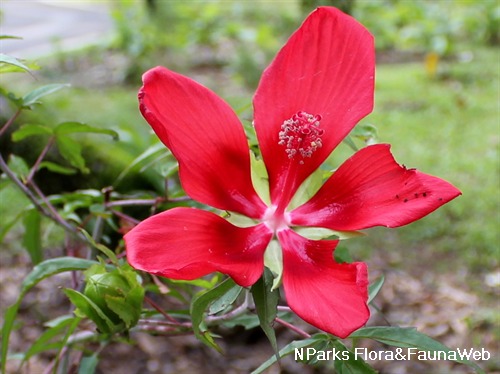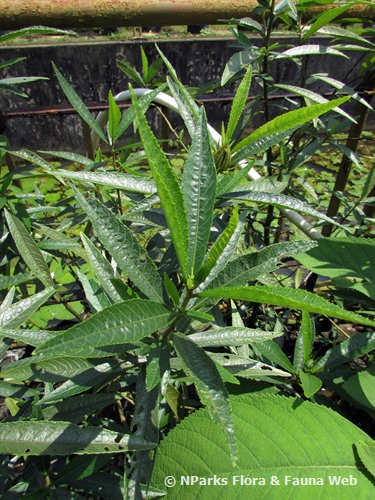
Name
Classifications and Characteristics
| Plant Division | Angiosperms (Flowering Seed Plants) (Dicotyledon) |
|---|---|
| Plant Growth Form | Shrub |
| Lifespan (in Singapore) | Perennial |
| Mode of Nutrition | Autotrophic |
| Plant Shape | Rounded |
Biogeography
| Native Distribution | Australia. |
|---|---|
| Native Habitat | Terrestrial |
| Preferred Climate Zone | Sub-Tropical / Monsoonal |
| Local Conservation Status | Non-native |
Description and Ethnobotany
| Growth Form | A tall, fast growing shrub to about 2 m tall, although may reach up to 6 m. |
|---|---|
| Crown | Rounded shape. |
| Foliage | Leaves are ovate to deeply lobed (3-lobed), measuring up to 20 cm x 18 cm. Stellate hairs found on the lower leaf surface, while sparse on the upper surface. Stipules are small and triangular. |
| Flowers | Flowers are yellow, with red centre. Solitary flowers, located on the axils. |
| Fruit | Hairy, brown capsule that consists of glabrous (smooth), dark brown seeds. |
| Habitat | In its natural habitat, found in moist open forests and rainforest margins. Sometimes can be found on the coast. |
| Cultivation | Regular pruning is required by tip pruning when young, to maintain bushiness. Plant prefers moist soil, and full sun to light shade. |
| Etymology | The genus Hibiscus is an old Greek name, hibiscum for marsh mallow. The specific epithet heterophyllus means diversely-leaved. |
Landscaping Features
| Desirable Plant Features | Ornamental Flowers |
|---|---|
| Landscape Uses | Parks & Gardens, Coastal |
Fauna, Pollination and Dispersal
| Fauna Pollination Dispersal Associated Fauna | Bird-Attracting, Butterfly-Attracting (Flower Nectar) |
|---|---|
| Pollination Method(s) | Biotic (Fauna) (Insects (Butterfly, Moth), Insects (Bee), Vertebrates (Bird)) |
Plant Care and Propagation
| Light Preference | Full Sun |
|---|---|
| Water Preference | Moderate Water |
| Rootzone Tolerance | Moist Soils, Fertile Loamy Soils |
| Potential Problems | No serious pest or disease problems. However, do keep a look out for mealybugs. |
| Propagation Method | Seed, Stem Cutting |
Foliar
| Foliage Retention | Evergreen |
|---|---|
| Mature Foliage Colour(s) | Green |
| Mature Foliage Texture(s) | Hairy / Hirsute |
| Prominent Young Flush Colour(s) | Green |
| Foliar Type | Simple / Unifoliate |
| Foliar Attachment to Stem | Petiolate |
| Foliar Shape(s) | Non-Palm Foliage (Ovate, Palmate) |
| Foliar Venation | Pinnate / Net, Palmate |
| Foliar Margin | Serrulate, Palmately Lobed |
| Foliar Apex - Tip | Acute |
Non - Foliar and Storage
| Root Type | Underground |
|---|
Floral (Angiosperm)
| Flower & Plant Sexuality | Bisexual Flowers |
| Flower Colour(s) | Yellow / Golden |
|---|---|
| Flower Texture(s) | Smooth |
| Flower Grouping | Solitary |
| Flower Location | Axillary |
| Flower Symmetry | Radial |
| Individual Flower Shape | Funnelform / Funnel-shaped |
| Flowering Period | Free-Flowering, After Rain |
Image Repository
Others
| Master ID | 31148 |
|---|---|
| Species ID | 5541 |
| Flora Disclaimer | The information in this website has been compiled from reliable sources, such as reference works on medicinal plants. It is not a substitute for medical advice or treatment and NParks does not purport to provide any medical advice. Readers should always consult his/her physician before using or consuming a plant for medicinal purposes. |

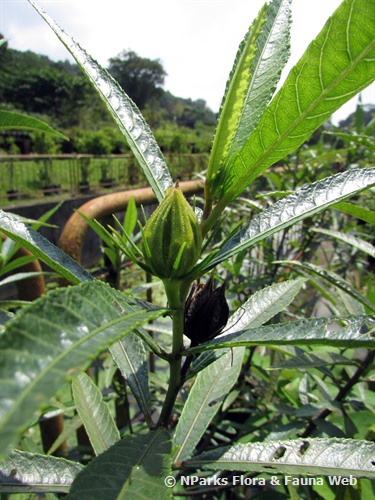
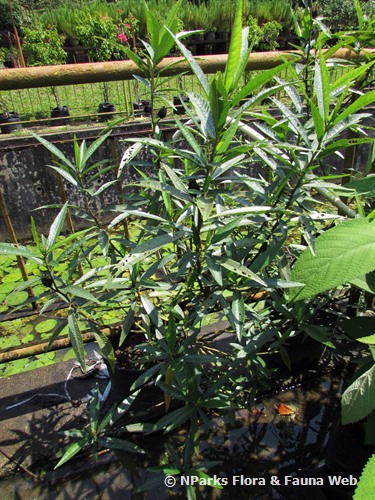
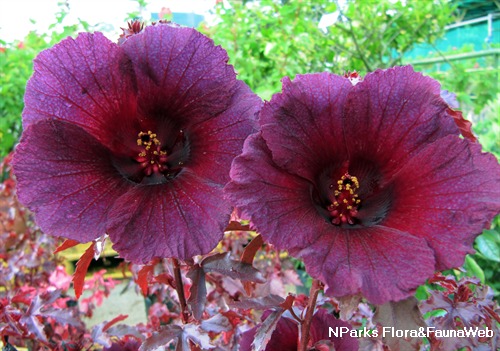
.jpg)
